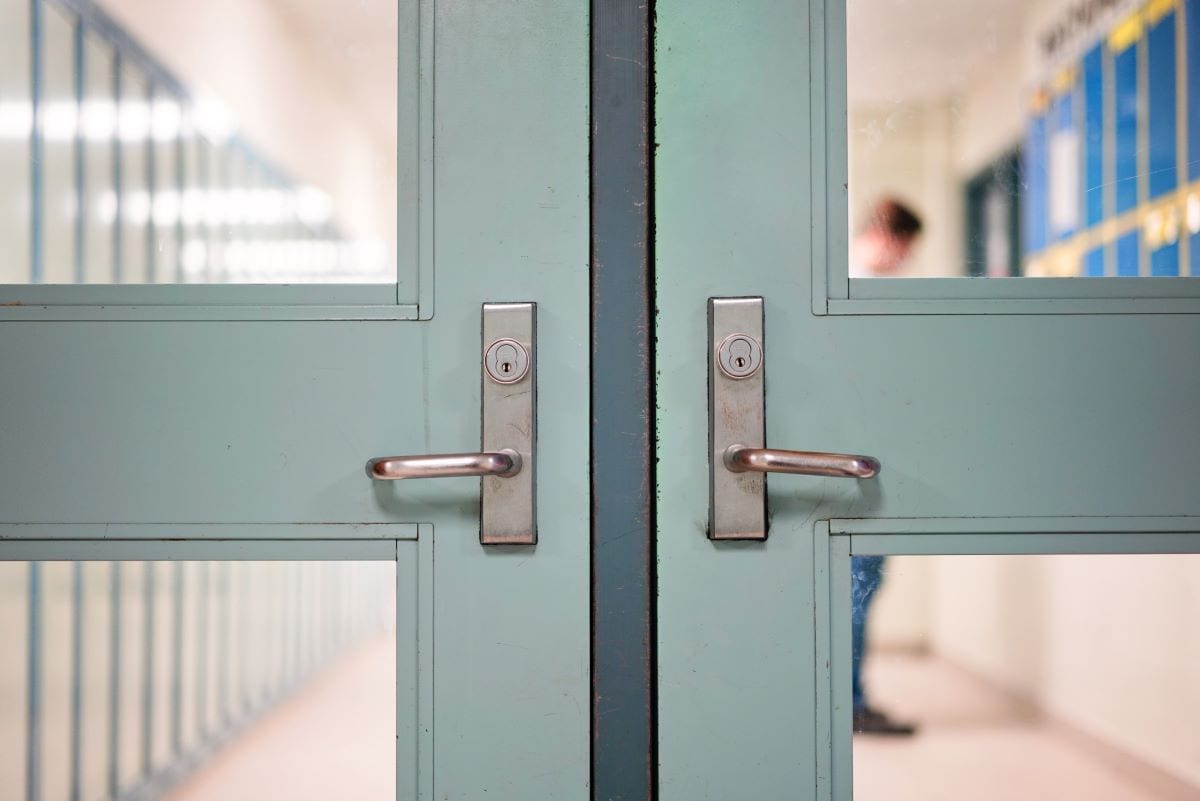
Funds for Reopening Schools
Topics: Advocacy and Legislation, Pandemic Leadership
As schools have closed their doors for the 2019-2020 school year, a big question looms for education leaders: What will reopening schools this fall look like? Most importantly, how can it be done safely? Despite significant uncertainty surrounding reopening schools, one thing is abundantly clear: The costs to school districts will be significant. In fact, a recent reopening cost study conducted by AASA, The School Superintendents Association, and the Association of School Business Officials International found that districts would incur, on average, $1.8 million in additional expenses to safely reopen schools. This estimate takes into account the additional costs to enhance cleaning protocols, bolster staffing, provide personal protective equipment, and expand transportation options. Districts must face these added expenses at a time when sizable cuts in state funding to K-12 schools are on the horizon. The Learning Policy Institute recently estimated that a 5-percent decrease in state funding for K-12 education in FY20 and a 20-percent decrease in FY21, would result in a $188 billion decrease in revenue to districts.
With this in mind, NAESP’s Advocacy Team has been working closely with other national education groups over the last few months to press Congress to provide at least $175 billion in education stabilization funds. These funds would support districts with reopening costs and help backfill state budget cuts. So far, NAESP members have made more than 4,500 connections with their members of Congress, urging them to support education stabilization funds.
You can take action by urging your elected officials to support K-12 education stabilization funds.
Take Action
K-12 Education Stabilization Funds: Focus Is Now On Senate
On May 15, 2020, the U.S. House of Representatives passed its fourth COVID-19 stimulus and relief package—the Health and Economic Recovery Omnibus Emergency Solutions Act (HEROES Act). The HEROES Act provides $90 billion in education stabilization funds (distributed to governors), with $58 billion dedicated to pre-K–12 schools. The $58 billion level falls well short of NAESP’s ask of at least $175 billion. Under the proposal, 65 percent of the funds would have to be distributed to K–12 school districts based on their relative share of Title I funding. Districts and schools could use stabilization funding for any allowable use under the Every Student Succeeds Act and the Individuals with Disabilities Education Act, for example, purchasing educational technology; providing professional development related to virtual learning; offering summer learning programs, either online or in-person; implementing activities to maintain the operation and continuity of services; and employing existing staff (to receive funds, districts must, to the greatest extent practicable, continue to pay employees and contractors).
NAESP’s advocacy efforts have now shifted to the Senate, where the appetite for significant funding for education stabilization funds remains questionable. Senate Majority Leader Mitch McConnell has indicated disapproval with the HEROES Act, in part due to the high price tag. McConnell has publicly stated that the Senate will craft its own legislation in July. Sen. Lamar Alexander, who chairs the Senate HELP Committee, which has purview over the U.S. Department of Education (USED), has indicated a willingness to provide additional funding for districts to help with reopening costs.
Takeaway: Congress is expected to pass another stimulus bill in late July, which will likely include funding for K-12 education stabilization funds. The big question: Will Congress provide the significant federal support that districts and schools need to address the myriad of funding challenges they face in the coming months?
Coronavirus Funding Implementation: What Ever Happened To CARES Act Funding?
In March, Congress passed the CARES Act—a $2 trillion coronavirus funding package—designed to stabilize the U.S. economy and support individuals during the coronavirus outbreak. The legislation included $13.2 billion for an Elementary and Secondary School Emergency Relief (ESSER) Fund and $2.95 billion for a Governor’s Emergency Education Relief (GEER) fund. These pots of funding were intended to support schools during closures, including for cleaning and sterilizing schools; providing professional development for teachers and principals to improve distance learning; purchasing education technology, including hardware and software; and boosting Wi-Fi accessibility for students, including adding Wi-Fi hotspots.
The vast majority of states have received their ESSER and GEER funds, but as of May 31, only around 1 percent of these funds had been distributed to districts. Why? A big reason for the delay can be attributed to the USED misinterpretation for how districts should provide “equitable services” to students in private schools under the CARES Act. Specifically, USED released guidance and issued an interim rule wrongly indicating that the equitable services calculation should include the total number of students, instead of the number of low-income students, attending private schools in the local educational agency. The Every Students Succeeds Act explicitly states how this calculation should be made, which clearly contradicts the U.S. Department of Education’s interpretation. These actions have caused confusion for states and districts, delaying the disbursement of much-needed emergency education funding. NAESP recently coordinated a letter with 49 other education, civil rights, and disability groups calling on Congress to nullify this interpretation of equitable services and to include a provision in the next coronavirus bill that ensures CARES Act funds are disbursed in the way that Congress intended.
Other News, Notes, & Tidbits
- Espinoza v. Dept. of MT Revenue Supreme Court case: The Supreme Court of the United States rules that Montana’s exclusion of religious schools from a state scholarship program that’s funded by tax credits violates the Constitution.
- Public Opinion on School Reopenings: “Rush to Reopen Schools Worries a Majority of Voters” (Politico)
- Congressional Trivia: What does a grain “hopper” have to do with a box on the floor of the U.S. House of Representatives?

